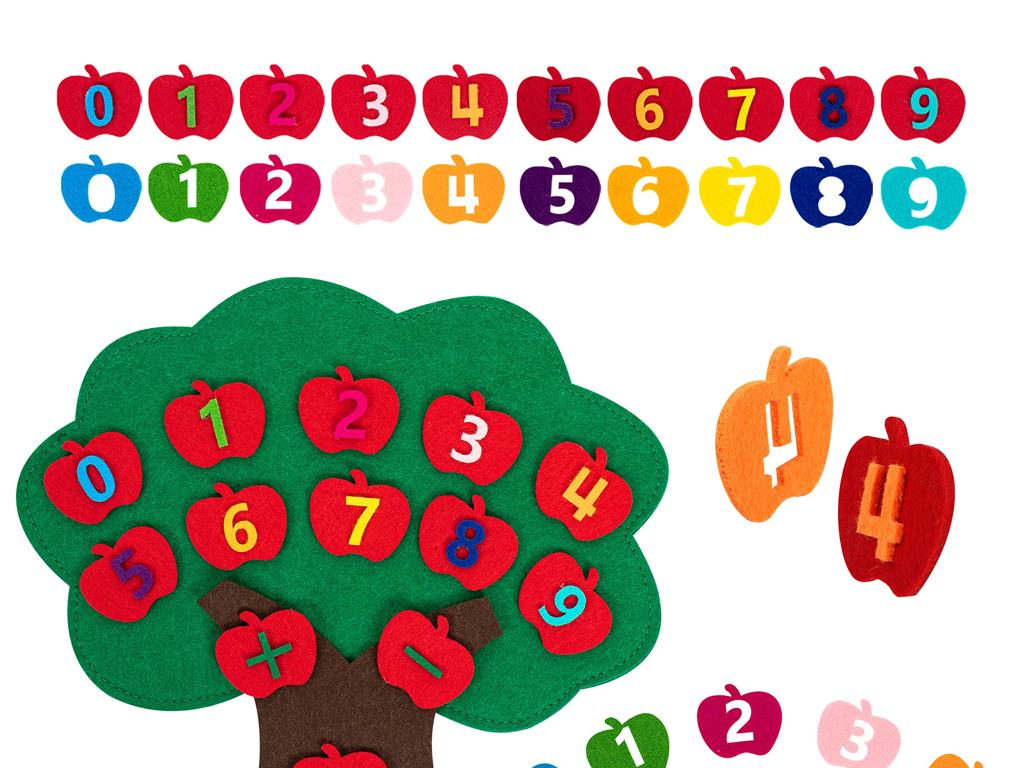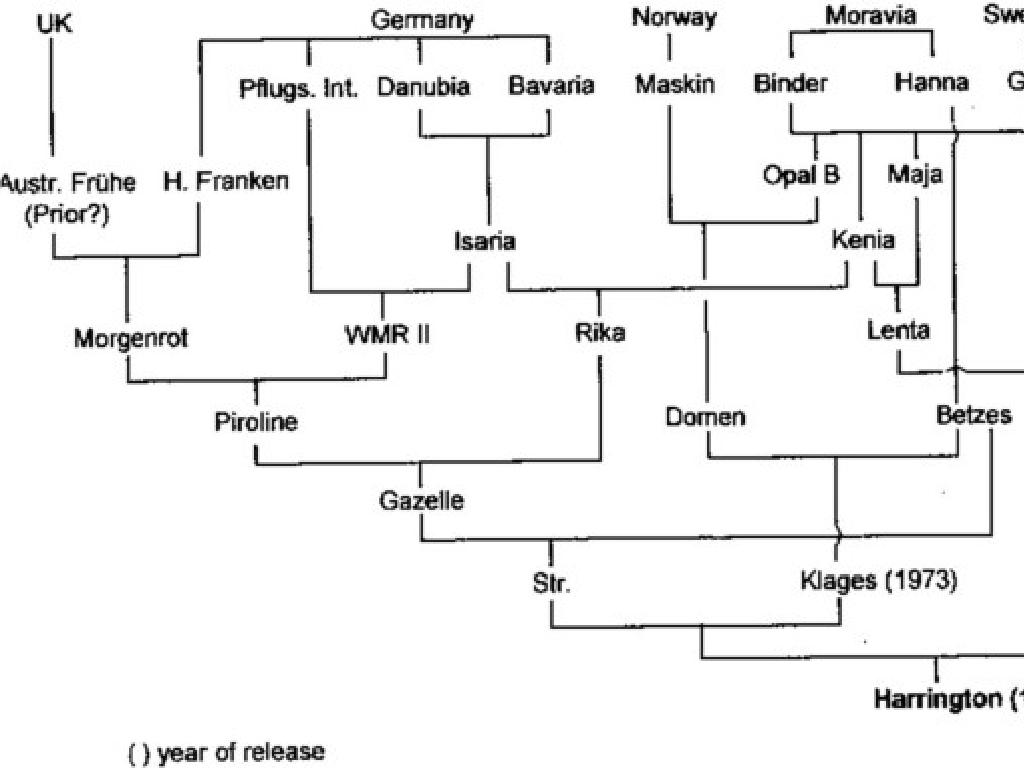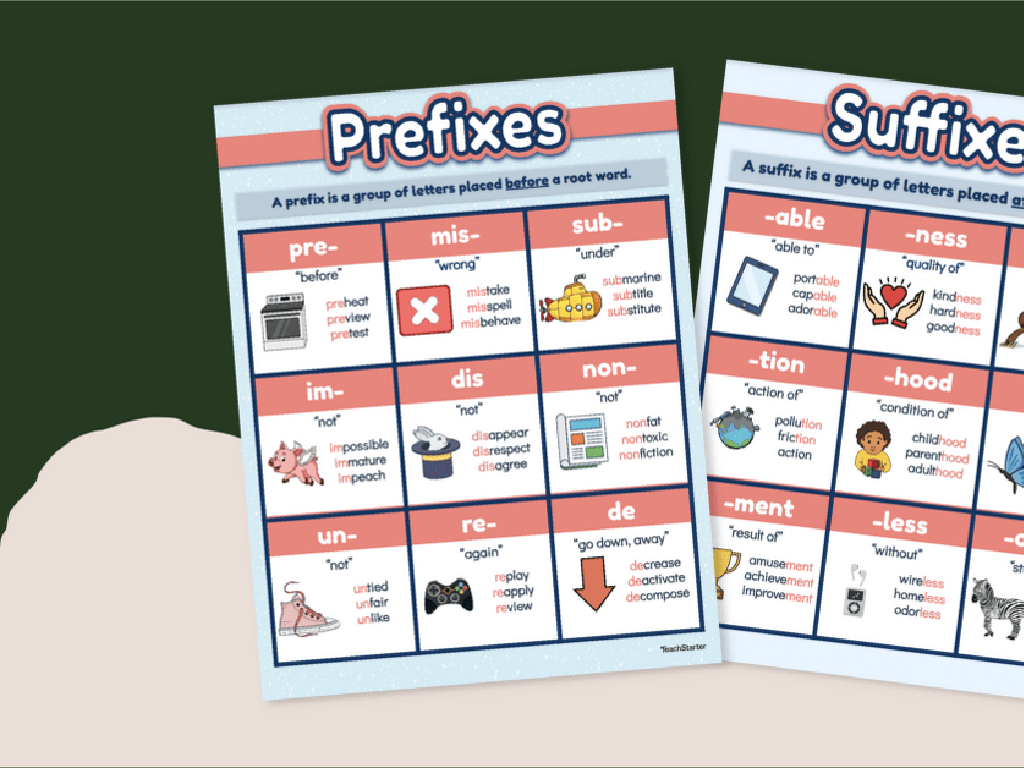Identify Equivalent Linear Expressions Using Algebra Tiles
Subject: Math
Grade: Seventh grade
Topic: Equivalent Expressions
Please LOG IN to download the presentation. Access is available to registered users only.
View More Content
Identifying Equivalent Linear Expressions
– Deciphering algebraic language
– Algebra uses symbols to represent numbers and operations.
– Defining equivalent expressions
– Expressions with the same value, even if they look different.
– Using algebra tiles
– Visual tools that represent variables and constants.
– Today’s learning goal
Understand and identify expressions that are equivalent using a hands-on approach with algebra tiles.
|
This slide introduces the concept of equivalent expressions in algebra, a fundamental skill in understanding and solving equations. Start by explaining the symbols and terms used in algebra, which is like learning a new language for many students. Clarify that equivalent expressions are different expressions that represent the same value. Introduce algebra tiles as a concrete method to visualize and identify equivalency between expressions. The goal for today’s lesson is for students to become comfortable with using algebra tiles to find equivalent expressions, laying the groundwork for future algebraic problem-solving. Encourage students to participate actively and ask questions throughout the lesson.
Understanding Algebra Tiles
– Algebra tiles as visual tools
– They help visualize adding, subtracting, and finding equivalents.
– Varied tiles represent terms
– ‘1’ tiles are small squares, ‘x’ tiles are rectangles, and ‘x^2’ tiles are larger squares.
– Hands-on algebra learning
– Physically manipulating tiles aids comprehension of abstract algebraic concepts.
– Simplifying expressions
– Use tiles to combine like terms and understand equivalence.
|
Algebra tiles are a concrete method for students to grasp abstract algebraic concepts. Each tile represents a different algebraic term, allowing students to visualize and physically manipulate these terms to simplify expressions and solve equations. The ‘1’ tiles are typically small squares, representing constants; ‘x’ tiles are longer rectangles, representing variables; and ‘x^2’ tiles are larger squares, representing variables squared. By arranging and rearranging these tiles, students can learn to combine like terms and identify equivalent expressions in a tactile and visual way. Encourage students to experiment with the tiles to discover these relationships for themselves.
Building Blocks of Algebraic Expressions
– Constants & Variables: The Basics
– Constants are fixed numbers; variables are letters that represent numbers.
– Representing Constants with Algebra Tiles
– Use single tiles to represent each constant value.
– Representing Variables with Algebra Tiles
– Use a set of tiles to represent a variable’s value.
– Combining Tiles to Form Expressions
|
This slide introduces the fundamental components of algebraic expressions: constants and variables. Constants are the fixed numbers in an expression, while variables are symbols that can represent different numbers. Algebra tiles are a visual and tactile way to represent these elements and help students understand the concept of equivalence in expressions. Each constant is represented by a specific number of tiles, and variables are represented by a set of tiles that can change in number. By physically manipulating these tiles, students can better grasp how to combine constants and variables to form expressions and understand the concept of equivalent expressions. Encourage students to practice creating different expressions using the tiles and to explore how changing the arrangement of tiles can result in equivalent expressions.
Creating Linear Expressions with Algebra Tiles
– Define a linear expression
– A linear expression is an algebraic statement with constants and variables without exponents.
– Using algebra tiles for expressions
– Algebra tiles visually represent terms in expressions: each ‘x’ tile is a variable, and each ‘1’ tile is a constant.
– Example: 3x + 2 using tiles
– To show 3x + 2, place 3 ‘x’ tiles and 2 unit tiles on the workspace.
|
This slide introduces students to the concept of linear expressions and how to create them using algebra tiles, a hands-on tool that helps visualize algebraic concepts. Start by defining a linear expression, emphasizing that it includes variables (usually x or y) and constants, but no exponents or powers. Then, explain how algebra tiles can be used to represent these expressions physically, with different colored tiles typically representing variables and constants. For the example, demonstrate how 3 ‘x’ tiles (often the long rectangular ones) and 2 unit tiles (small squares) can be arranged to represent the expression 3x + 2. Encourage students to use algebra tiles to create their own linear expressions and to understand the visual representation of combining like terms.
Identifying Equivalent Linear Expressions
– Criteria for expression equivalence
– Two expressions are equivalent if they yield the same value for any variable substitution.
– Rearranging algebra tiles
– Use algebra tiles to represent terms and rearrange them to show identical layouts.
– Example: 3x + 2 and 2 + 3x
– Both expressions have 3 ‘x’ tiles and 2 unit tiles, just in a different order.
– Demonstrating equivalence visually
|
This slide introduces the concept of equivalent expressions in algebra, emphasizing the understanding that two expressions are equivalent if they simplify to the same form or have the same value for any value of the variable. Students will learn to use algebra tiles as a visual and tactile method to rearrange terms and demonstrate equivalence. The example provided will show that the expressions 3x + 2 and 2 + 3x are equivalent because they consist of the same number of ‘x’ tiles and unit tiles. The activity will help solidify the concept that the order of terms does not affect the sum in an expression. Encourage students to try rearranging the tiles themselves to find other equivalent expressions.
Simplifying Expressions with Algebra Tiles
– Combine like terms with tiles
– Group tiles representing the same variable or constant
– Simplify to find equivalent expressions
– Use algebra tiles to merge terms and simplify the expression
– Example: 2x + 3x + 2
– Combine 2x and 3x to get 5x, then add 2
– Visual representation with tiles
– Show 5x tiles and 2 unit tiles together
|
This slide introduces the concept of simplifying algebraic expressions using algebra tiles, a hands-on tool to help students visualize and understand the process of combining like terms. Start by explaining that like terms have the same variable raised to the same power. Demonstrate how to use algebra tiles to group like terms together, making it easier to combine them. For the example 2x + 3x + 2, show how to combine the ‘x’ tiles and then add the unit tiles. Encourage students to practice with different expressions and use the tiles to represent their solutions visually. This activity will solidify their understanding of like terms and simplification, which are crucial for working with equivalent expressions.
Practice Time: Exploring Equivalent Expressions
– Pair up for practice
– Represent 4x + 1 with algebra tiles
– Use tiles to visualize 4 ‘x’ tiles and 1 unit tile
– Discover multiple expressions
– Find other expressions that combine to the same visual layout
– Share with the class
|
This slide is designed for an interactive class activity where students will work in pairs to deepen their understanding of equivalent expressions using algebra tiles. The goal is for them to visually represent the expression 4x + 1 using the tiles and then manipulate the tiles to find different, but equivalent, expressions. Encourage creativity and exploration. Possible activities could include: 1) Comparing their expressions with another pair to see if they are equivalent, 2) Creating a gallery walk of all the different expressions found, 3) Discussing how the algebra tiles help in understanding the concept of equivalence. This hands-on activity will help solidify the concept of equivalent expressions in a tangible way.
Tile Transformation: Exploring Equivalency
– Objective: Create equivalent expressions
– Materials: Algebra tiles for pairs
– Task: Represent 5x + 3 with tiles
– Use tiles to visualize 5 ‘x’ tiles and 3 unit tiles
– Goal: Find two equivalent expressions
– Example equivalents: 10x + 6 = 2(5x + 3), 15x + 9 = 3(5x + 3)
|
This class activity is designed to help students understand the concept of equivalent expressions through hands-on manipulation of algebra tiles. By working in pairs, students will engage with the material and each other to foster a collaborative learning environment. The task is to use the tiles to build a visual representation of the expression 5x + 3 and then manipulate the tiles to find at least two different expressions that have the same value. Teachers should circulate the room, guiding students as needed and ensuring they understand the concept of equivalence. Possible variations of the activity could include challenging students to find expressions that are equivalent to 5x + 3 when a certain number of tiles are added or removed, or finding equivalent expressions for different initial expressions.
Conclusion & Reflection: Algebra Tiles
– Review of equivalent expressions
– Importance of identifying equivalents
Understanding equivalents simplifies algebra and solves equations efficiently.
– Algebra tiles as a learning tool
Tiles visually represent algebra concepts, making abstract ideas concrete.
– Reflect on today’s lessons
|
As we wrap up today’s lesson, let’s revisit the key concepts we’ve learned about identifying equivalent linear expressions. Understanding how to find equivalent expressions is crucial as it lays the foundation for simplifying algebraic equations and solving them more efficiently. Algebra tiles serve as a valuable educational tool, providing a visual and tactile way to grasp abstract algebraic concepts, which can be particularly helpful for visual learners. Encourage students to reflect on how the use of algebra tiles has enhanced their comprehension of algebra. Ask them to consider how this understanding might apply to real-world problems and future mathematical challenges.
Homework: Practice with Algebra Tiles
– Complete the worksheet provided
– Focus on equivalent expressions
– Find expressions that simplify to the same value
– Use algebra tiles for practice
– Visualize expressions with algebra tiles
– Be prepared for next class discussion
– Share your solutions and methods
|
This homework assignment is designed to reinforce the concept of equivalent expressions using a hands-on approach with algebra tiles. Students should complete the worksheet by finding expressions that represent the same value when simplified. Algebra tiles will serve as a visual aid to help them understand the concept of equivalence in a tangible way. Encourage students to be thorough in their practice and to be ready to discuss the strategies they used to find equivalent expressions. Next class, we will have a discussion where students can explain their thought process and solutions, fostering a collaborative learning environment.





